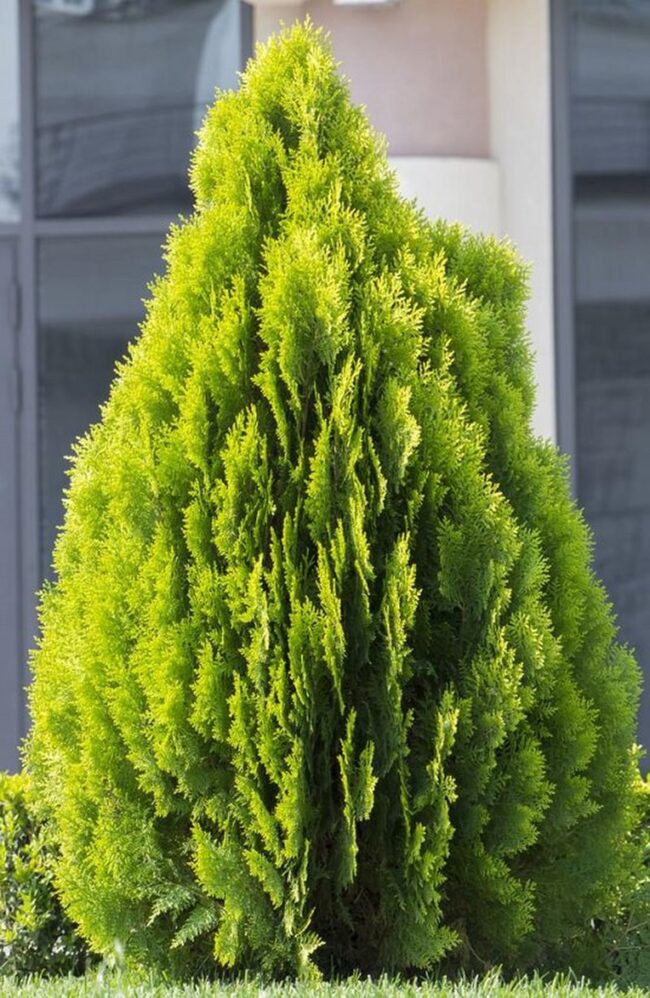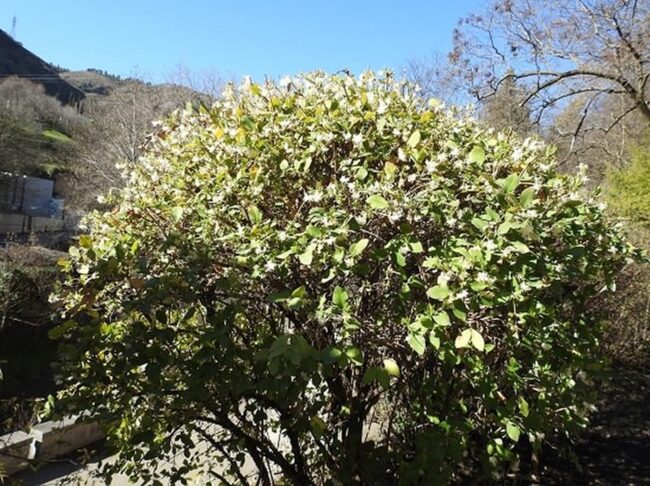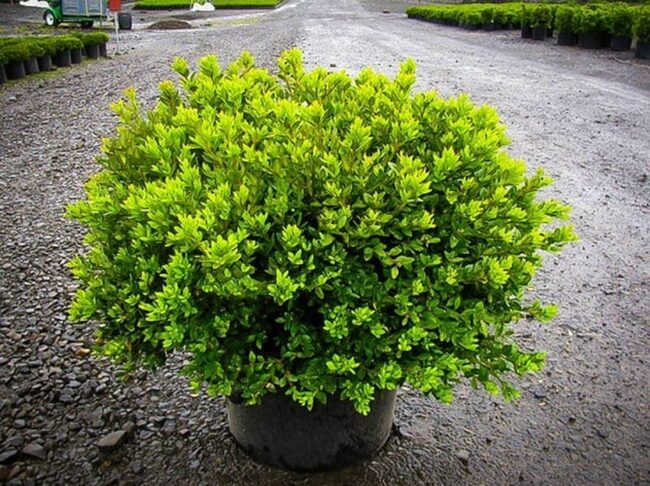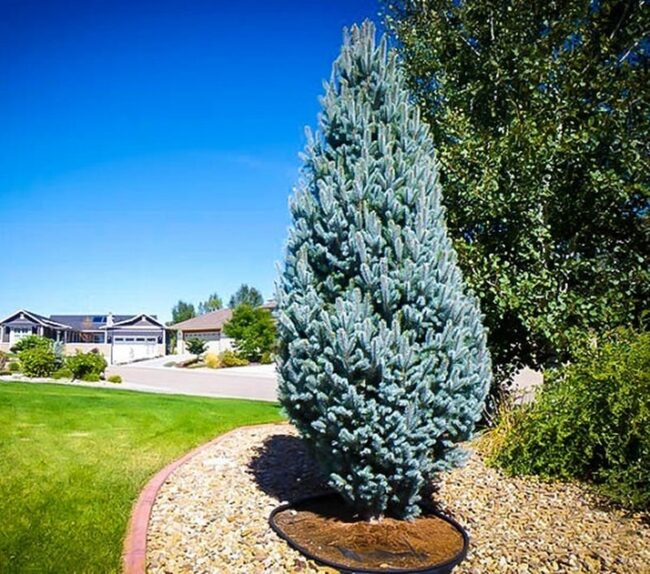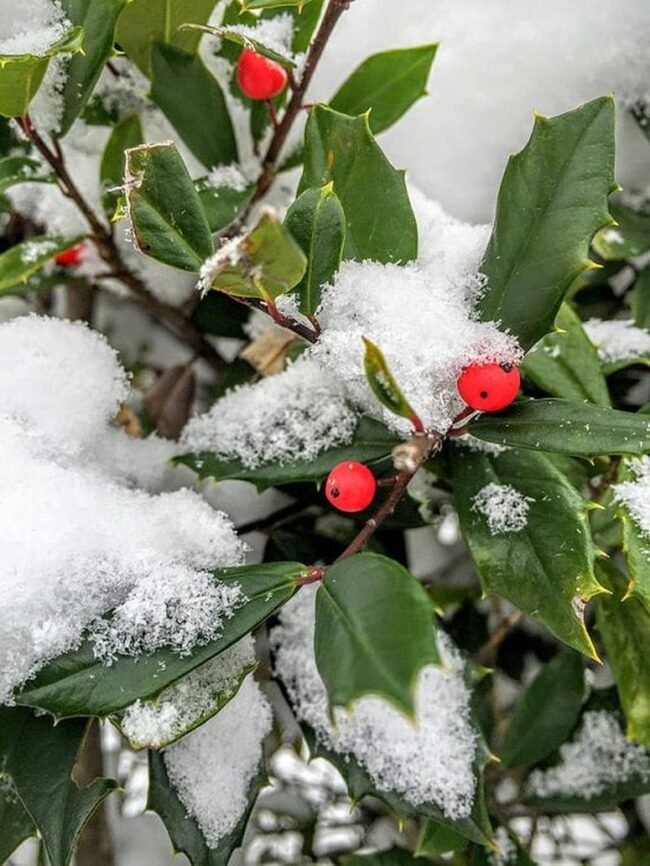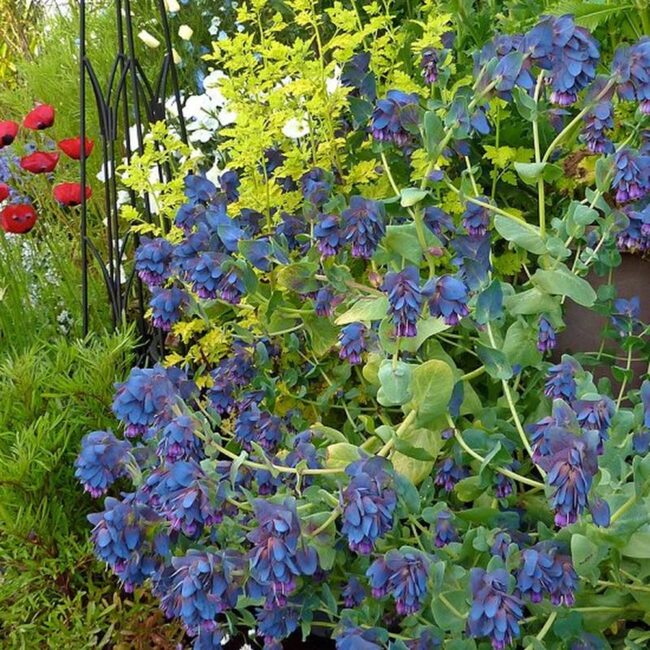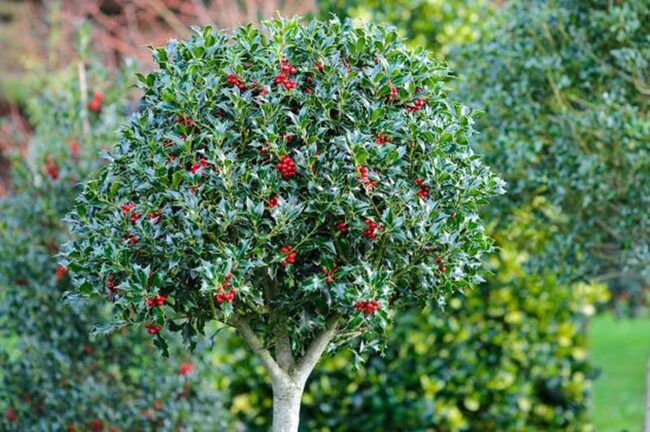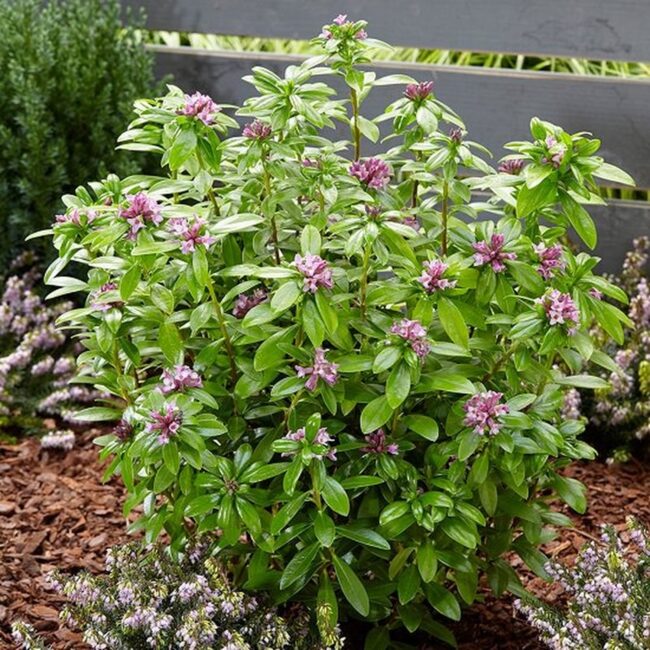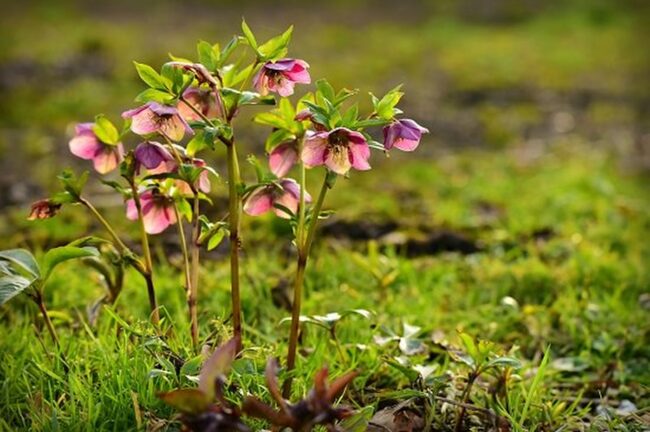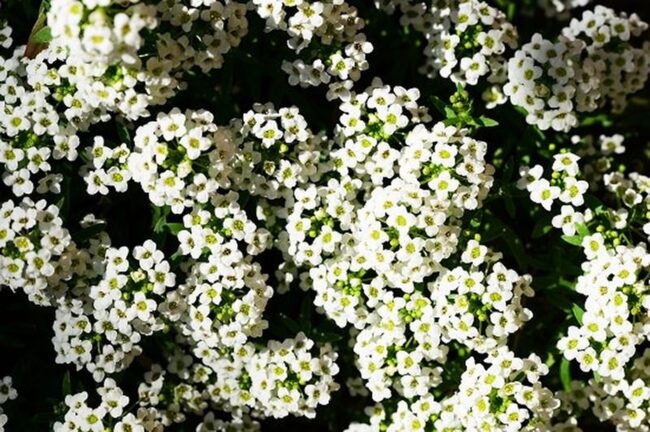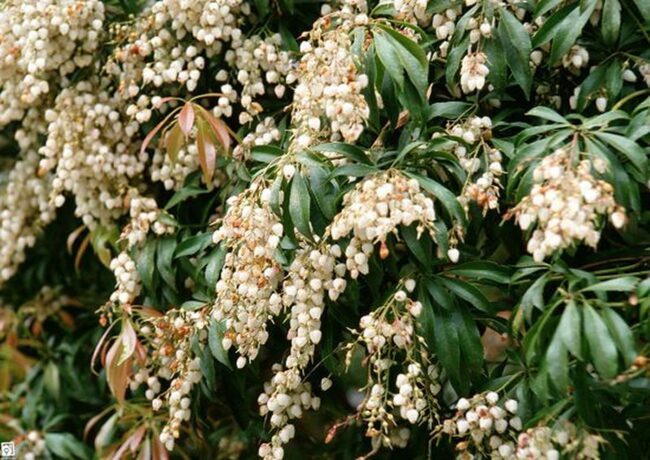11 Perfect Plants for Winters that You Should Know
Winter gardens burst with life through evergreen plants that defy the cold season's harsh conditions.
Green landscapes can remain vibrant and lush even during the chilliest months of the year.
Resilient botanical species possess remarkable adaptations that allow them to maintain their verdant appearance when most other plants become dormant or lose their foliage.
Gardeners and landscape enthusiasts appreciate these hardy plants for their ability to provide consistent color and visual interest throughout winter landscapes.
These remarkable green survivors showcase nature's incredible capacity to thrive under challenging environmental circumstances.
Some evergreen plants originate from regions with extreme climatic conditions, which enables them to withstand freezing temperatures and continue photosynthesis.
Landscaping with these winter-resistant plants transforms ordinary outdoor spaces into dynamic, year-round green sanctuaries.
‘Emerald Green’ Arborvitae (Thuja occidentalis)
Emerald green' arborvitae are winter garden champions that provide rich green elegance during cold months.
Dense pyramid-shaped branches create natural privacy screens for landscaping edges.
Compact growth patterns make these plants perfect for smaller garden spaces or tight border areas.
Hardy evergreen characteristics allow them to withstand freezing temperatures without losing color.
Danish cultivars ensure superior resilience and consistent deep emerald coloration.
Mature plants reach moderate heights between 10-15 feet tall with minimal maintenance requirements.
Well-draining soil and full sunlight support healthy growth throughout seasonal changes.
Winter Honeysuckle (Lonicera fragrantissima)
Winter honeysuckle radiates unexpected charm with delicate white blooms and potent winter fragrance.
Compact branches spread gracefully across garden borders, providing structural interest when most plants appear dormant.
Frost-resistant characteristics allow winter honeysuckle to maintain green foliage through chilly temperatures.
Planting near walkways maximizes sensory enjoyment from its sweet scent wafting through crisp air.
Sunlight exposure and well-draining soil help winter honeysuckle flourish effortlessly.
Strategic placement near outdoor seating areas ensures maximum visual and aromatic pleasure throughout winter seasons.
Wintergreen Boxwood (Buxus sinica)
Wintergreen boxwood provides a vibrant emerald backdrop for cold-weather landscapes.
Dense foliage creates natural privacy screens and elegant borders around pathways and garden edges.
Compact shrubs grow slowly, maintaining a neat shape with minimal pruning effort.
Native to regions with cooler climates, these plants withstand temperatures well below freezing.
Moderate watering during growth periods helps boxwoods maintain their robust health and attractive appearance.
Landscapers often select these versatile shrubs for their consistent color and structured form.
Homeowners love how these plants add visual interest to winter gardens when most other plants look dormant.
Blue Spruce (Picea pungens)
Blue spruce provides an elegant winter landscape solution with its distinctive silvery-blue needles and pyramidal silhouette.
Mature trees grow tall and commanding while dwarf varieties suit smaller landscapes perfectly.
Sunlight remains critical for healthy development, requiring at least six hours of daily exposure.
Consistent moisture during initial growth stages helps establish strong roots and promote vigorous branches.
Mountain regions of western North America originally host this coniferous beauty.
Landscape designers frequently select blue spruce for its architectural presence and year-round visual interest.
Partridge Berry (Mitchella repens)
Partridge berry is a woodland wonder that brightens winter landscapes with its glossy green leaves and crimson berries.
Small white flowers peek through deep green foliage, adding elegant charm to shaded garden spaces.
Native woodland floors welcome this low-growing plant as a delightful ground cover.
Gentle spreading habits make partridge berry an excellent choice for quiet garden corners near water features or beneath tree canopies.
Moist, well-draining soil helps this plant thrive in cooler temperatures.
Compact growth patterns allow it to nestle between rocks and tree roots with ease.
Dense leaves provide continuous color during dormant winter months.
Hardy woodland plants like partridge berry transform shaded garden areas into miniature winter wonderlands.
Honeywort (Cerinthe)
Honeywort blesses gardeners with unexpected winter magic through its mesmerizing blue-green leaves that shine brilliantly when other plants go dormant.
Mediterranean landscapes inspire its unique color palette and hardy nature.
Winter gardens benefit from its low-maintenance charm and striking appearance.
Cool temperatures trigger deeper blue tones across its delicate foliage.
Minimal watering helps honeywort establish strong roots and spread gracefully.
Seeds scatter easily, encouraging natural propagation in garden spaces.
Gentle care during early growth stages ensures honeywort develops into a stunning winter companion that requires almost no intervention.
Evergreen Hollies (Ilex aquifolium)
Evergreen hollies burst with glossy green leaves that remain lush during cold winter months.
Strong and adaptable, these plants survive in hardiness zones 3 to 9 with minimal fuss.
Winter landscapes gain dramatic structure through their rich, deep green foliage.
Bright red berries complement their dark leaves, adding visual interest to dormant gardens.
Mature holly plants work perfectly as windbreaks or privacy screens in challenging winter conditions.
Homeowners love how they maintain color and shape when other plants look tired and brown.
Sunlight and well-draining acidic soil help these resilient plants thrive through freezing temperatures.
Winter Daphne (Daphne odora)
Winter daphne sparkles as a magical winter garden gem with yellow-edged leaves and delicate rose-pink buds that brighten cold landscapes.
Her elegant presence transforms shaded garden corners into enchanting winter retreats.
Delightful white blossoms emerge as temperatures slowly rise, releasing an intoxicating sweet fragrance across outdoor spaces.
Rich, well-draining soil helps this plant flourish perfectly in partial sunlight or gentle shade.
Her compact size makes her ideal for patios, small gardens, and woodland-style landscapes.
Winter daphne connects you directly to nature's subtle winter beauty.
Small but mighty, she proves gardens can remain gorgeous even during chilliest seasons.
Hellebore (Helleborus orientalis)
Hellebores are winter's secret garden jewels that paint landscapes with unexpected beauty.
Their delicate flowers emerge when snow blankets the ground, creating magical pops of color in dormant landscapes.
Deep green leathery leaves protect delicate blossoms ranging from pure white to rich burgundy.
Hardy roots anchor plants firmly in shaded woodland areas or protected garden corners.
Shade-loving hellebores thrive in rich, well-draining soil with minimal maintenance.
Mature plants spread gradually, forming elegant clusters that brighten winter's stark scenery.
European woodland regions originally nurtured these charming flowers, making them perfect for gardeners seeking low-maintenance winter interest.
Sweet Alyssum (Lobularia maritima)
Sweet alyssum sparkles as a delightful winter garden companion that effortlessly brightens cold landscapes.
Delicate clusters of tiny white or purple flowers spread low across garden beds, creating soft carpets of greenery.
Compact plants thrive in fertile soil and partial shade, producing continuous blooms throughout cooler seasons.
Fragrant blossoms attract beneficial pollinators, adding movement and life to winter landscapes.
Compact growth habits make sweet alyssum perfect for borders, rock gardens, and container plantings.
Small flowers release a gentle honey-like scent that enhances garden sensory experiences.
Winter gardens benefit from these charming plants that maintain green foliage and continue flowering when many other plants remain dormant.
Japanese Andromeda (Pieris japonica)
Japanese andromeda presents a winter garden beacon with glossy emerald foliage that refuses to surrender to cold temperatures.
Compact and elegant, this shrub transforms barren landscapes into verdant sanctuaries during frosty months.
Copper-pink blossoms emerge delicately against rich green leaves, creating stunning visual contrast.
Mature plants reach heights between 3-6 feet, making perfect landscape anchors for shaded garden areas.
Winter temperatures do not diminish its charm, as deep green leaves remain vibrant and robust.
Sheltered locations help these plants flourish most effectively, protecting them from harsh winds.
Consistent moisture during warmer seasons ensures strong root development and winter resilience.

